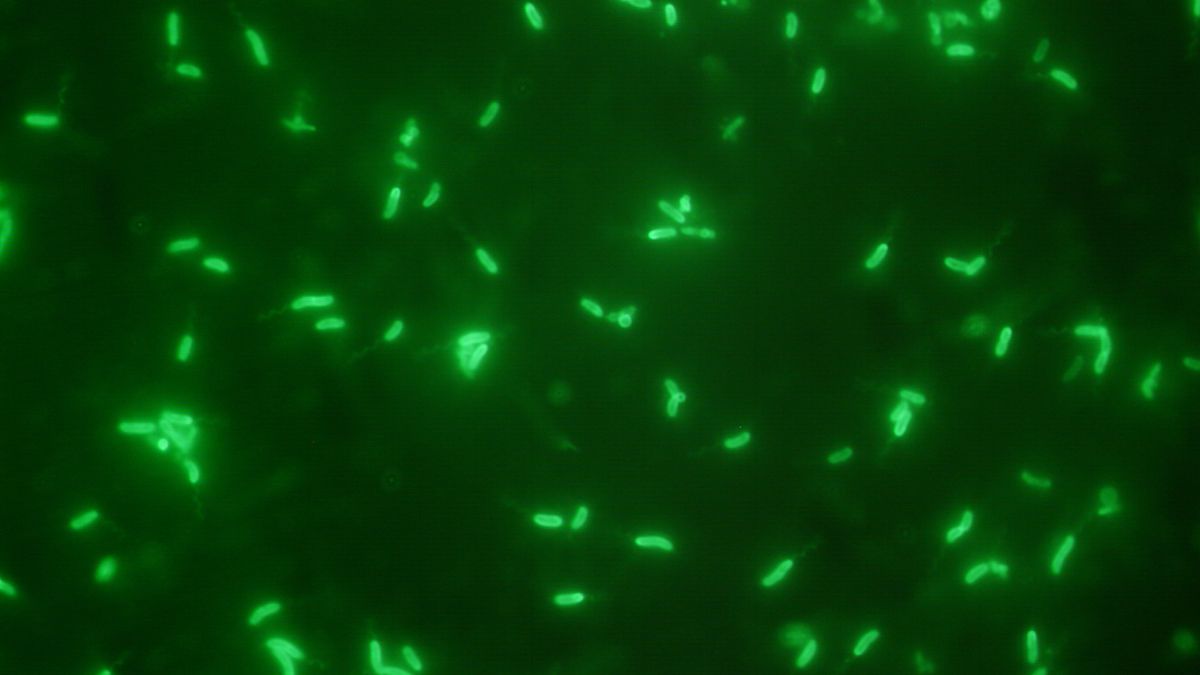Infection
Cases of flesh-eating bacteria are spreading. Here’s how to stay safe
Infections of flesh-eating bacteria are rare but warmer coastal waters caused by climate change, combined with a growing population of older adults, may result in cases doubling by 2060, a study in Scientific Reports warned earlier this year. Here’s what to look for and how to stay safe:
Infection symptoms:
- Diarrhea, often accompanied by stomach cramping, nausea, vomiting, and fever.
- Wound infections cause redness, pain, swelling, warmth, discoloration, and discharge. They may spread to the rest of the body and cause fever.
- Bloodstream infections cause fever, chills, dangerously low blood pressure, and blistering skin lesions.
To keep yourself safe:
- Do not go into saltwater or brackish water if you have a wound or a recent surgery, piercing, or tattoo.
- Cover wounds with a waterproof bandage if they could have contact with seawater or raw or undercooked seafood and its juices.
- Wash wounds and cuts with soap and water if they contact with saltwater, brackish water, raw seafood, or its juices.
Who’s most at risk?
- Pretty much anyone can get a wound infection. People with liver disease, cancer, diabetes, and those over 40, or those with weakened immune systems, have a higher risk of infection and severe complications.
Sources:
https://www.cdc.gov/vibrio/wounds.html
https://my.clevelandclinic.org/health/diseases/24884-vibrio-vulnificus

